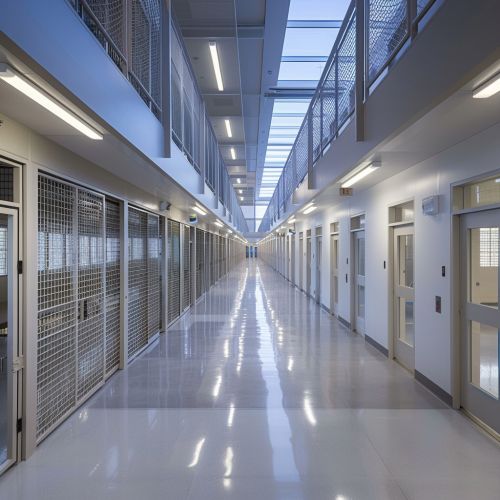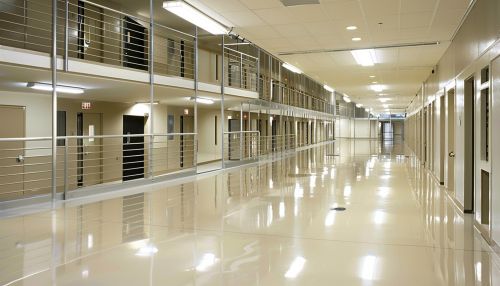Prison Reform
Introduction
Prison reform refers to the attempt to improve conditions inside prisons, establish a more effective penal system, or implement alternatives to incarceration. The movement for prison reform is rooted in the belief that the current system is ineffective, inhumane, and counterproductive. This article delves into the historical context, key issues, and modern approaches to prison reform.
Historical Context
The history of prison reform can be traced back to the 18th century. Before this period, punishment for crimes was often brutal and public, including flogging, branding, and execution. The concept of incarceration as a form of punishment began to take shape during the Enlightenment, influenced by thinkers like Cesare Beccaria and Jeremy Bentham.
Early Reforms
The first significant reforms occurred in the late 18th and early 19th centuries. The Pennsylvania System and the Auburn System were two early models of prison reform in the United States. The Pennsylvania System emphasized solitary confinement, while the Auburn System allowed for congregate work during the day but enforced solitary confinement at night.
20th Century Developments
The 20th century saw a shift towards rehabilitation and the development of the medical model of corrections. This model viewed criminal behavior as a disease that could be treated. Programs focusing on education, vocational training, and psychological counseling became more common.


Key Issues in Prison Reform
Prison reform addresses a wide range of issues, from overcrowding to the treatment of inmates. Below are some of the most pressing concerns.
Overcrowding
Overcrowding is one of the most significant problems facing prisons today. It leads to deteriorating living conditions, increased violence, and limited access to rehabilitation programs. Overcrowding is often a result of mandatory minimum sentencing, three-strikes laws, and the war on drugs.
Mental Health
Mental health issues are prevalent among the incarcerated population. Many inmates suffer from conditions such as schizophrenia, bipolar disorder, and depression. The lack of adequate mental health care in prisons exacerbates these conditions, leading to a cycle of recidivism.
Racial Disparities
Racial disparities in the criminal justice system are a critical issue. African Americans and Hispanics are disproportionately represented in the prison population. This disparity is often attributed to systemic biases in policing, sentencing, and parole decisions.
Juvenile Justice
The treatment of juvenile offenders is another area of concern. Juveniles are often housed in adult facilities, where they are at higher risk of abuse and have limited access to educational and rehabilitative programs. Reform efforts aim to create separate facilities and tailored programs for young offenders.
Modern Approaches to Prison Reform
Modern prison reform efforts focus on a variety of strategies to address the aforementioned issues. These include legislative changes, alternative sentencing, and rehabilitation programs.
Legislative Changes
Legislative changes are crucial for prison reform. Recent reforms include the First Step Act in the United States, which aims to reduce recidivism and improve prison conditions. Other countries have also implemented reforms to reduce mandatory minimum sentences and decriminalize certain offenses.
Alternative Sentencing
Alternative sentencing options, such as probation, parole, and community service, are increasingly being used to reduce the prison population. These alternatives aim to provide more effective rehabilitation and reintegration into society.
Rehabilitation Programs
Rehabilitation programs focus on addressing the root causes of criminal behavior. These programs include educational and vocational training, substance abuse treatment, and mental health counseling. The goal is to equip inmates with the skills and support needed to lead productive lives upon release.
